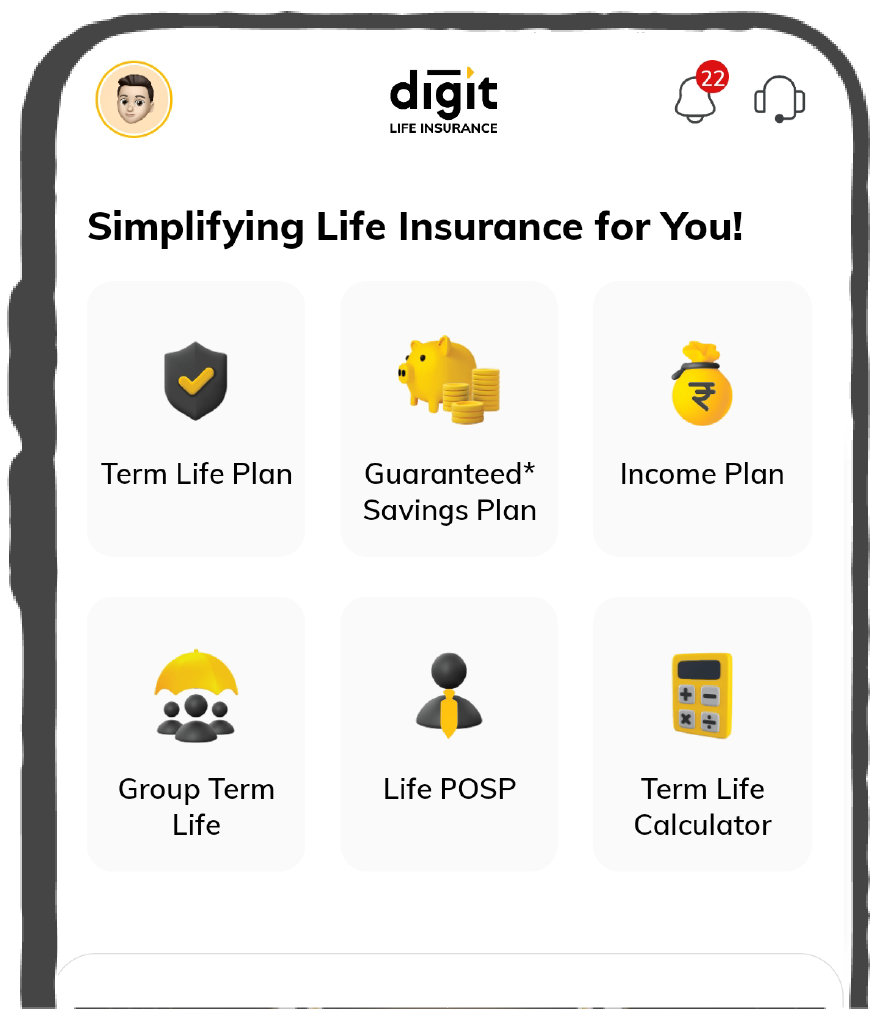Pure Term Insurance vs Return of Premium vs Permanent Life Insurance

Life insurance is important in financial planning since it protects loved ones during an unexpected death. However, choosing the correct coverage can be difficult given the range of options available.
Term insurance, Term Plan with Return of Premium (TROP), and Permanent Life Insurance are the three most prevalent varieties. Each has distinct benefits, costs, and optimal conditions for different people. This article strives to clarify the differences, benefits, and downsides so you can make an informed decision.

Table of Contents

What is Term Insurance?
What is Permanent Life Insurance?
Difference Between Pure Term Insurance vs Return of Premium vs Permanent Life Insurance
Cost Comparison of Term Insurance vs Return of Premium vs Permanent Life Insurance
Rajesh, a 35-year-old healthy, non-smoking male, is seeking 1 crore term insurance coverage to secure his family's future. Let's see how each plan costs:
Disclaimer: The cost comparison provided is for illustrative purposes only and may vary based on individual circumstances, policy terms, and insurance providers. Actual premiums and benefits may differ.
Types of Term Insurance
Several types of term insurance policies are designed to meet different needs. Here are the main types:
Types of Permanent Life Insurance
Several types of permanent life insurance are designed to meet different needs. Here are the main types:
When to Choose Each Type of Life Insurance?
Choose Term Insurance if:
- You need affordable coverage for a specific period.
- You have dependents who need temporary financial protection.
- You don’t require a cash value component.
- You are looking for a limited budget.
- You are looking for maximum coverage at a lower cost.
- You want death benefit protection without any investment component.
- You want to cover financial responsibilities that will diminish over time, like a mortgage, business loans or children's education.
Choose Term Insurance with Return of Premium (TROP) if:
- You want a term policy with the potential to get your premiums back.
- You are willing to pay a higher premium, wanting a return.
- You prefer a lower-risk approach to life insurance.
- You are an individual who is uncomfortable with "losing" premiums.
- You want to combine the benefits of term insurance with a savings element.
Choose Permanent Life Insurance if:
- You want lifelong coverage with a cash value.
- You are interested in a life insurance policy that can act as an investment.
- You have complex financial needs, such as estate planning or wealth transfer.
- You are looking for a higher budget with investment goals.
- You want forced savings.
- You are planning to cover business succession, wealth transfer and special needs planning.
Common Term Life Insurance Riders for Extra Benefits
Term Insurance and Return of Premium Riders
Permanent Life Insurance Riders
Frequently Asked Questions
What is the need for a TROP if I already have a basic term insurance plan?
Which insurance option has the lowest premiums?
Who should choose pure term insurance?
Is permanent life insurance more expensive than term insurance plans?
Does permanent life insurance always build cash value?
Yes, permanent life insurance builds cash value, but the growth rate varies by policy type:
- Whole life: Guaranteed growth rate plus possible dividends
- Universal life: Based on current interest rates
- Variable life: Based on investment performance
How does the cash value in Permanent Life Insurance work?
The cash value in permanent life insurance is a savings component that grows over time. A portion of your premium payments goes into this cash value account, which accumulates on a tax-deferred basis.
You can borrow against the cash value, withdraw from it, or use it to pay premiums. Depending on the type of permanent life insurance (e.g., whole life, universal life), the cash value grows at a guaranteed rate or based on investment performance.
Can I borrow against my life insurance policy?
Can I convert my term policy to permanent insurance later?
Why are TROP premiums higher than regular term insurance?
Can I have multiple life insurance policies?
What happens if I miss a premium payment?
The consequences vary by policy type:
- Term: The policy may lapse after the grace period.
- TROP: May lose the return of premium benefit.
- Permanent: May be covered by cash value temporarily.
What should I consider when choosing a policy start date?
Can I cancel my life insurance policy?
Yes, but the outcomes vary:
- Term: Coverage ends with no value.
- TROP: Surrender value may be available.
- Permanent: Receive cash surrender value minus fees.
Other Important Term Insurance Guides
Other Important Articles Related to Term Insurance










